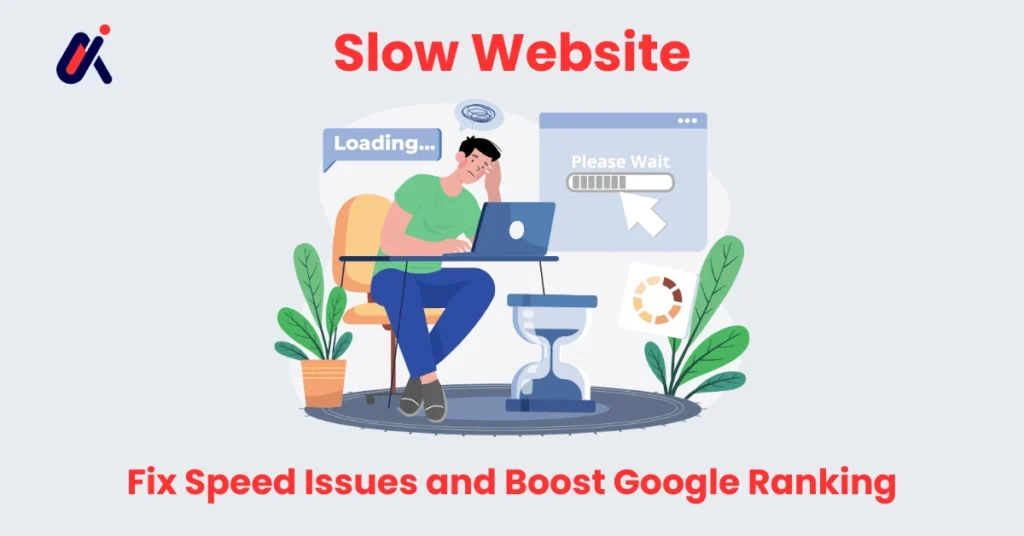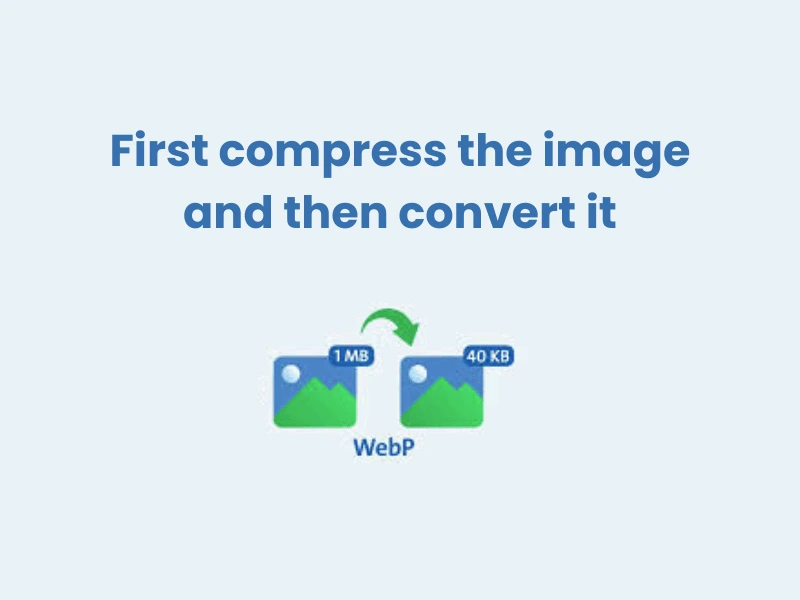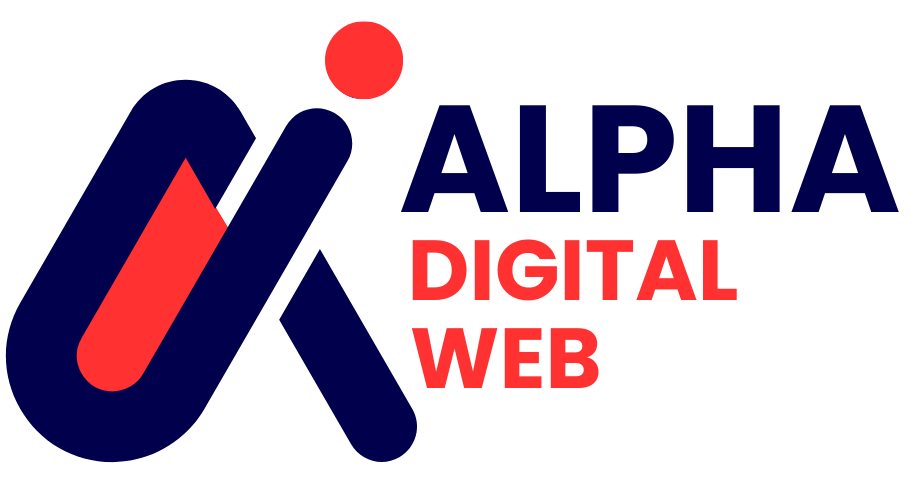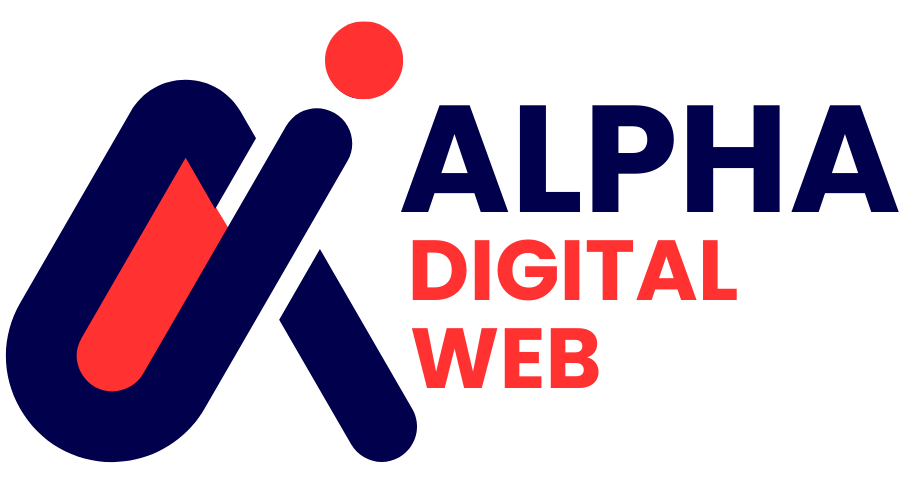
Overview Of Slow Website
A slow website can destroy your online success in 2025 Speed is one of the most powerful ranking signals for Google and a key factor that shapes user experience When your pages take longer to load users leave your site before even viewing your content This leads to higher bounce rates lower conversions and poor SEO result.
Having a slow website does not only affect your visitors but also impacts how search engines crawl your pages Google aims to deliver fast reliable results to its users That means if your site is slow your ranking position may drop even if your content is valuable.
This guide explains 10 proven ways to fix a slow website improve loading speed and achieve better ranking performance on Google Each method is simple practical and highly effective for both beginners and experts in digital optimization.
1 Fix Hosting Problems for Better Speed
Your hosting service is the foundation of your website performance If your server is not optimized or located far from your users it will cause slow loading and inconsistent uptime.
Choose reliable hosting providers
Use high performance hosting platforms that provide dedicated resources and advanced caching technology Avoid shared hosting if your traffic is high.
Use a content delivery network
A CDN stores your website data on multiple servers across different regions When visitors access your site they connect to the nearest server which reduces load time and latency.
2 Optimize Images for Fast Loading Of Slow Website
Images make your website visually appealing but oversized files can make it slow Compressing and optimizing images can dramatically boost your speed without losing quality.
Compress before uploading to fix slow website
Use tool like TinyPNG ShortPixel or Squoosh to reduce image size while maintaining clarity Smaller file load quickly and save bandwidth.
Use next generation image formats

3 Enable Browser Caching for Returning Users
Browser caching store website file locally in the visitor browser so repeat visit load faster It help reduce unnecessary server request and enhance performance.
Set cache duration
Configure browser caching to store file for at least a week or more This make sure that user do not have to reload your content from scratch each time.
Use caching plugins
If you are using WordPress install plugins like W3 Total Cache or WP Rocket then They automate the caching process and optimize performance without technical knowledge.
4 Minimize Plugins and External Scripts
Every plugin or external script you add increase loading time Reducing unnecessary code can significantly enhance your site performance.
Audit your plugins regularly
Remove any plugin that you are not using or that duplicate another plugin function Keep only the basic one that serve a real purpose.
Use lightweight scripts
Avoid heavy third party script that slow down loading Choose lightweight analytics and marketing tool to maintain speed and functionality.
5 Optimize Your Database
A cluttered database is a hidden reason behind a slow website Over time old data revision and unused table make your site heavy and sluggish.
Clean database regularly
Use optimization plugins like WP Optimize to remove old post revision spam comment and transient data This keep your database light and responsive.
Schedule automated cleaning
Set your site to perform automatic database cleanup once a week for consistent performance improvement.
6 Reduce Redirects and Broken Links
Every redirect or broken link add an extra step for the browser and delay page rendering Fixing these issue is a simple but powerful step to improve speed.
Check redirects carefully
Use tool like Screaming Frog or Ahrefs to identify unnecessary redirect Fix or remove them to minimize loading time.
Repair broken links
Broken links waste crawl budget and damage user experience Use link checking tool to identify and correct them immediately.
7 Enable Lazy Loading for Images and Videos
Lazy loading help speed up a slow website by loading media file only when user scroll to them This reduce initial load time and improve page interaction speed.
Use native lazy loading
Modern browser support native lazy loading attribute You can enable them easily in WordPress or through HTML markup.
Apply to all media
Extend lazy loading to image videos and iframes to maximize speed benefit across your website.
8 Minify CSS and JavaScript Files
Large CSS and JavaScript files increase page size and delay rendering By minifying and combining them you make your code cleaner and faster.
Use online optimization tools
Minify CSS and JavaScript using tool like CSSNano or UglifyJS to remove unessential space and character.
Use WordPress plugins
Plugins such as Autoptimize can automatically minify and combine file to increase performance without manual work.
9 Improve Mobile Page Speed
Most user in 2025 browse website on mobile device A slow mobile website can destroy conversion and ranking potential.
Use responsive design
Make sure your site is mobile friendly with flexible layout and optimized element This make sure quick loading on any screen size.
Test with PageSpeed Insights
Google PageSpeed Insight provide detailed suggestion for improving mobile performance Implement the recommendation for better Core Web Vital score.
10 Use Performance Monitoring Tools
To maintain a fast website you must measure and monitor performance regularly Tracking speed metric help identify new problem early.
Use Google tools
Google Lighthouse and Search Console show detailed speed metric and highlight what slow down your page.
Set continuous monitoring

Conclusion
A slow website is more than just an inconvenience It affect user trust search visibility and conversion rate The faster your website load the better experience you deliver to your audience and the higher you rank in Google search.
By following these 10 proven method you can transform your slow website into a high speed platform ready for 2025 success Remember speed optimization is an ongoing process Keep testing improving and refining for maximum digital performance.


good
https://t.me/s/pt1win/513